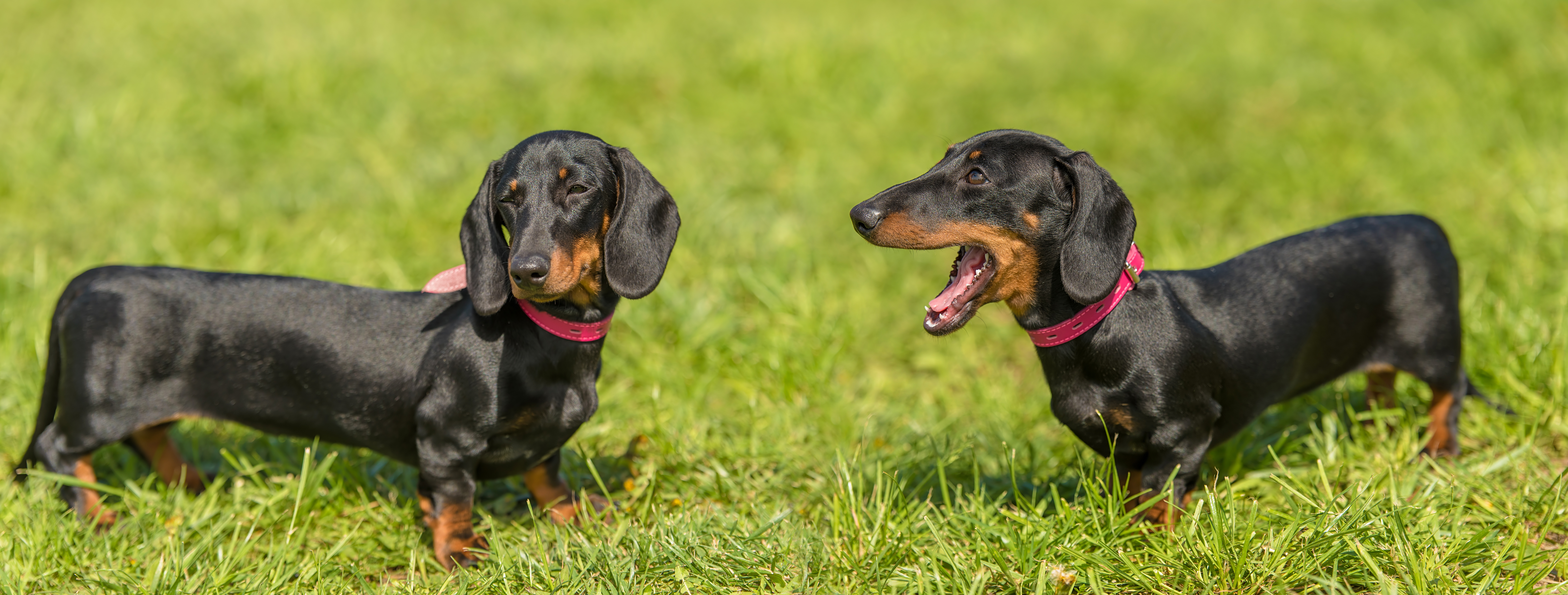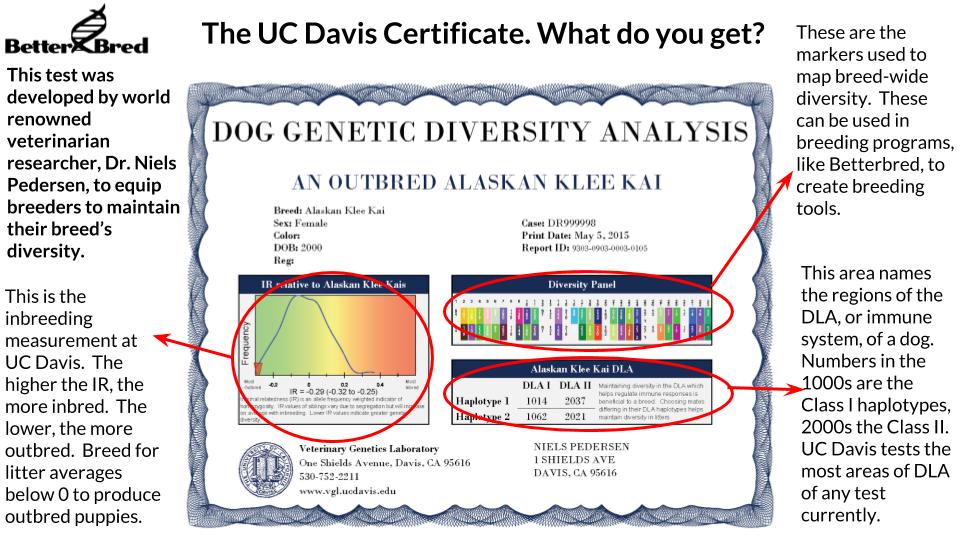
Don’t like the dialogue? Change it. Part 1
I was speaking with a potential breed representative recently, someone who desperately wants her breed enrolled at UC Davis so she can use our software to plan her next litter. Conscientious, devoted, and sincere, this breeder is passionate about the puppies she produces. She agonizes every decision she makes because she cares so much that her puppies be healthy. But, in the middle of our discussion, she mentioned the draw of doodles for the public.
Many puppy homes believe that outbred puppies must be healthier. And frankly, who can blame them – people apply what they know to their decisions. Combine basic biology lessons with the well known fact that inbreeding (or incest) in humans has very clearly shown deleterious effects, and we can see why people assume a mix of two nice breeds will make an ideal new family member. One of the most well known cases of health issues in humans from inbreeding would be the Habsburg royal family, who suffered horrendously after repeated and very close inbreeding in their family. Inbreeding over multiple generations tends to cause higher rates of disease within individual families, tribes, lines or breeds. This kind of intense inbreeding, whether intentional or due to isolation of a group, results in “inbreeding depression,” which is a loss of vigor in animals or humans.
There is, however, a not so obvious problem with mixed breed outcrosses: they don’t breed true.
Breeding true is the goal of purposefully bred puppies. Breeders want the appearance, temperament, work ethic, etc., to be as consistent as possible with each generation, so that they and the puppies’ eventual homes can know what to expect. When we cross two very different breeds together without a goal in mind, the resulting puppies can be quite unpredictable. There will be a range of size, structure, growth patterns and instincts, because while the parents’ breeds are known, the effect of combining these breeds is not.
When we love a breed, we want our puppies to be true to the historical type and temperament we adore. Whether long established or more recent, breed communities also have this goal of consistency in mind, and conscientious breeders work devotedly to reach this goal.
Rarely, breed communities will intentionally initiate an outcross project, with the goal of infusing more diversity or improving health. These breedings, however, are done with a specific purpose, with the goal to cross back to the original breed to re-establish “type.” Breeders initiating responsible outcross programs select their outcrosses carefully, are sure to health test them rigorously, inspect their pedigrees well and know it’s a huge undertaking.
This is not usually the case, unfortunately. Ask any poodle breeder their thoughts on mixed breed breeding, and you will likely hear a diatribe, and in that a lot of anguish; breeders of purebred poodles mourn their breed crossed to other breeds for a what they consider to be a gimmick.
Just days after speaking with that one breed representative, another breeder asked me if BetterBred is essentially encouraging the same idea as doodles. At first I thought, “Absolutely not!”. We are working with closed gene pools (meaning the genetic diversity we have is limited and will not spontaneously increase), with relatively fixed type and temperament; when you look at the dogs in our gene pools, they are always recognizable as their breed and will produce puppies like themselves. So in that way we are not idealizing the same idea.
But we are equipping breeders to retain genetic vigor by “outcrossing” within their breeds to create outbred puppies that will also be true to type. In other words, we want the best of both worlds, and we want breeders to be able to offer that to puppy families. Is this possible?
As many of us know, some puppy homes see a huge value in crosses because of this much touted “hybrid vigor.” The theory: a breeder mates two VERY unrelated dogs of different breeds together and the result is healthy, long lived dogs. And our beloved purebred dogs? They are often seen as inbred and so will likely suffer horrendously!
Is this accurate??
It hasn’t proven to be. In addition to being unpredictable, merely breeding two dogs from different breeds doesn’t necessarily produce healthy dogs. Hip dyplasia and a plethora of other disease (the same seen in purebred dogs) is seen in dogs from unknown bloodlines (unintentional mixed breeds found in shelters) as well as purebred. Can these mixed breeds be healthy? Definitely. Just not automatically.
And can purebred dogs be healthy? Absolutely. Just not automatically. For generations, breeders have been selecting for health along the way, which has eliminated some disease, but that’s not enough. Now we have to preserve our gene pools and so we aren’t inbreeding further. We are here to empower that, because we were founded on the concept of preserving breeds that we love! At BetterBred we teach breed communities how to produce outbred puppies, maintain their breedwide genetic diversity AND preserve breed type. This is harnessing the power of “hybrid vigor” within our breeds. We equip breeders to maintain the type they love and ensure the genetic health of their breeds.
- article written in collaboration by Natalie and Rebekah

 Previous Post
Previous Post


